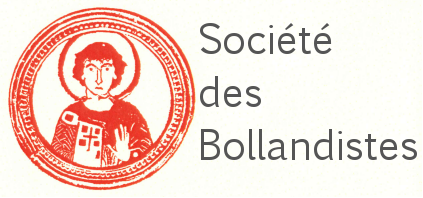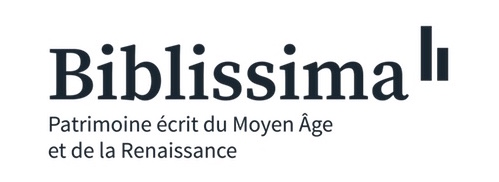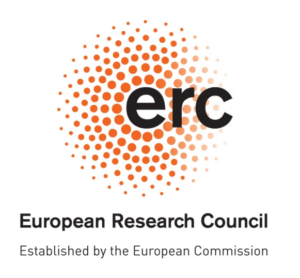Pinakes | Πίνακες
Textes et manuscrits grecs
Résumé :
Abstract This article presents the results of lead isotope analysis of ten Byzantine seals from the sigillographic collection of Robert Feind (Cologne). The report is preceded by an overview of pre-existing studies on lead use in the Byzantine Empire and a presentation of the investigated seals datable to the Early Byzantine (4 specimens), Middle Byzantine (5 specimens) and Late Byzantine period (1 specimen). Three seals are of imperial issue. The results of the analysis of lead are compared against the results of isotope analysis of other silver and lead artefacts from Late Antiquity and the Late Byzantine period. The isotop analysis leads to the following conclusions: (a) Many of the seals have isotope ratios consistent with Aegean-Bulgaria-Western Turkey sources; (b) Reused lead was also employed in the manufacture of seals; (c) There appear to be significant chronological and regional differences in the lead used for casting blanks in the eastern Mediterranean. The number of lead seals subjected here to analysis is admittedly too small for the results to be fully representative; still, they provide a starting point for more similar studies which will preferably include excavation finds with known and secure provenance.| Villes | Dépôts | Fonds | Cotes | Type | Commentaire | Tome | Pages |
|---|---|---|---|---|---|---|---|
| Sīnāʾ | Μονή της Αγίας Αικατερίνης | gr. | 0152 | 1184-1186 | |||
| Città del Vaticano | Biblioteca Apostolica Vaticana (BAV) | Vat. gr. | 0756 | 1185, n. 93 |







